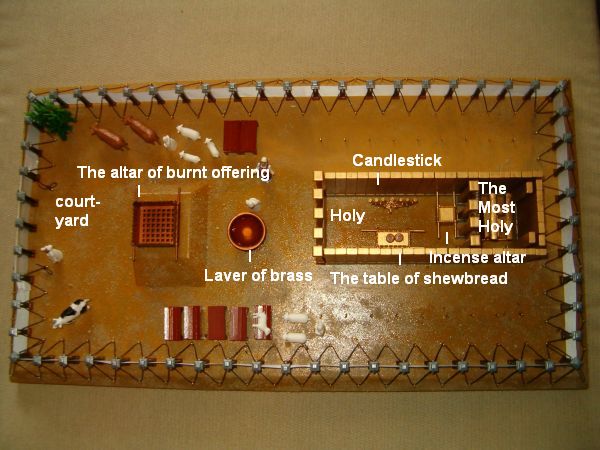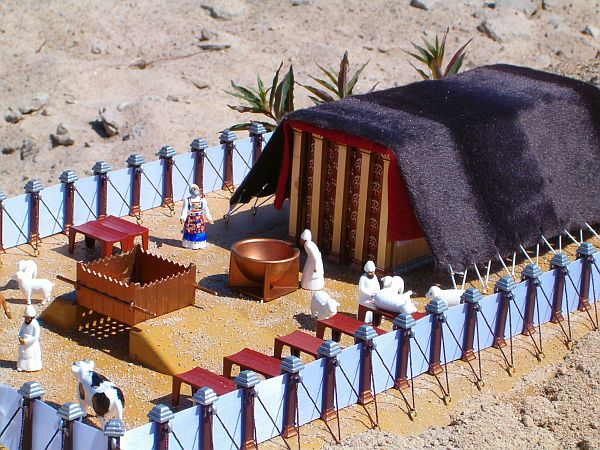You’ve got the Lamborghini and the Learjet, the houses and quite possibly the palaces; Erdem designs your dresses and you’ve got heaps of diamonds. What next? Well, adornment can only take you so far: what good is that Lech heli-skiing pad when your knees are shot? What’s the point in building a multibillion-pound business when you’re unwittingly courting a heart attack? As technology evolves ever more rapidly, ultra high net worth individuals are turning their attention inward, investigating how to stall the ageing process, and spending serious money to load their dice against death.
Across the road from Harrods sits Omniya clinic, a calm, contemporary white space amid the hustle of Knightsbridge. At street level it is a luxuriously reimagined pharmacy, whose curated selection includes recent launches from Hollywood’s favourite ‘cosmeceutical’ brands Zo Skin Health and Dr Levy. ‘I wanted to create a place that brings the newest advancements in medical and regenerative health to London,’ says co-founder Danyal Kader, a former lawyer, radiant with bien-être. He was so depressed by the difficulty of
finding the best medical treatment for his father, who suffers from a heart condition, that he decided to create his own one-stop conduit to wellness. ‘We optimise the lives our clients can lead, body, mind and soul.’ To this end, he has brought together a team of leading specialists who analyse the health of their clients in the most minute and sophisticated detail — a kind of space-age human MOT.
One of these is cellular ageing specialist Dr Mark Bonar. As his title suggests, Bonar is passionate about the very specific degradations that happen in the cells of the body as we age — and still more excited about the new ways he can use to slow such deterioration. Consider, for example, telomeres. ‘Telomeres are the caps on the ends of our DNA,’ Bonar explains. ‘A bit like the plastic on the end of a shoe lace, they prevent the ends from fraying. By measuring their length in the lab we can determine how well the body is ageing’ — for instance, if at 30, you show the wear and tear you’d expect in a 40-year-old. ‘The length can also inform you about your risk of various kinds of disease such as breast or bowel cancer.’
More dramatically, Bonar continues, a product has been patented — it has been around in the States since 2011 — called TA-65, which can rebuild your telomeres, pausing this process central to ageing. In fact, by making the telomere length longer, you can actually make cells ‘younger’, he argues. In one study, fruit flies given TA-65 doubled their life expectancy, while another study on rats discovered that the risk of them developing certain cancers fell by some 30 per cent. And yes, Bonar can prescribe it for you, in a capsule or a cream.
Telomeres are, however, only one part of the therapy. If you suffer from low energy, Bonar might look to the functioning of your mitochondria — the cell powerhouses that produce energy; or glycation, typically the result of sugar molecules bonding to protein, which makes your blood more ‘gloopy’ and your cells more brittle and liable to break down. He might also consider using artificial means, such as the Human Growth Hormone (HGH), to stimulate cell reproduction. HGH usually peaks in our twenties and then declines; as well as making you feel like you’ve only just turned 21, it will also give you better hair, skin, nails and tremendous energy. HGH can be administered via a drip, but it is of course better to encourage the body to make its own, which is where Bonar’s work overlaps with another Omniya specialist, nutritionist Peter Cox.
Nutrition might sound low-tech amid such futuristic methodology. Not at all, argues Cox. He claims the sophistication of his analysis, via an incisive and wide-ranging consultation, which leads to an array of blood tests, enables him to work alongside Bonar to mitigate issues such as glycation and a whole spectrum of current or potential disorders. ‘Most people have difficulty getting enough nutrition,’ says Cox. ‘Even if you’re eating a good diet, it may be that your gut isn’t functioning optimally and you are unable to absorb the vitamins and minerals you need.’ This balance of nutrients is crucial. Imagine you are a sought-after female singer, on tour. ‘If sustained stress is causing levels of cortisol to spike, there will not be enough resources left over for the body to produce other key hormones. This can lead to all sorts of issues: the depletion of energy; menstrual irregularities and the risk of infertility; a lowered sex drive; even depression.’
What do the super rich like to spend their money on?
Omniya might treat such a client with artificial hormones such as HGH to balance this depletion, then add a hit of the minerals and vitamins required by the body to start synthesising its own hormones, also via a drip. After that, Cox will design a plan to ensure that over time the body is brought into balance. ‘When we have chosen the appropriate treatment, we put in behavioural support — you might need a psychologist, a life coach, a fitness trainer and so forth. I would think about adding appropriate nutrients to the client’s diet — with this sort of individual I would plan it with their chef.’
Alongside Bonar and Cox sit a facialist and two aesthetic doctors, to match the internally focused therapies with anything from peels and massage to platelet-rich plasma treatment, in which some of your extracted blood is spun in a centrifuge to retrieve platelets (which encourage tissue regeneration) and injected into wrinkly parts of your face. An annual plan might cost anywhere from £10,000 upwards.
Head and shoulders above the rest
As I leave, my head whirling with the possibilities of protecting one’s telomeres or slicing the risk of heart disease, I pass Bonar. He is on his way to meet members of a foreign royal family that he treats. ‘They are proactive. They say, “I am running my empire — your job is to keep me healthy.”’
Across town, just off Harley Street, is Viavi, a ‘private client health management service’ with similar designs on longevity. Clients range from children to 92-year-olds, and include the chef Marcus Wareing and Princess Alia Al Tabbaa of Jordan, all of whom pay the £12,000 annual fees. Says co-founder Dr Sabine Donnai, ‘We have a retention rate of nearly 90 per cent year on year. Wealthy people aren’t stupid. The fact that they’re staying on at Viavi is due to the fact they believe in what we do.’
As at Omniya, treatment at Viavi begins with analysis. This might include ultrasounds, MRI scans, arterial elasticity or even complete DNA sequencing. ‘We’d watch, for example, for inherited mistakes in the DNA: if, by accident, you match a certain environment to certain mistakes, that will be expressed in illness — anything from gallstones to heart disease: it’s like playing cards, there is an element of luck as to whether you win, but your chances are higher if you can look at your hand.’
Then again, Viavi might monitor sleep: even if a client is sleeping a full night, if the stresses of the day — or their late-night use of screens — are such that they do not slip into deep REM sleep, healing processes such as the rebalancing of hormone levels will not take place. Sleep is one of the areas that relates to cognitive functioning, so Viavi carries out tests looking at memory and concentration, and can map the relative electrical activity in the left- and right-hand sides of the brain. ‘We can find out if your brain is working optimally or not. If not, your risk of Alzheimer’s increases significantly.’ Ways to manage this might include nutrition, exercise and meditation.
‘Viavi’s strategy is to try to catch imbalances before illnesses occur,’ Donnai continues, citing cardiovascular disease as a widespread but preventable problem. ‘Certain age-related diseases such as Alzheimer’s put the fear of God in us; we design a highly personal strategy, involving whichever doctors and therapists are needed, to optimise your emotional, mental and physical health.’ Such consultations are included in members’ subscriptions.
They say, “I am running my empire — your job is to keep me healthy.”’
Round the corner on Harley Street, PHI Clinic founder Dr Tapan Patel is pioneering a more aesthetic MOT. He has brought MD Codes to the UK: a service in which the contours of each part of the face are analysed in relation to each other, according to a system of ‘codes’ (or principles of where to inject filler, of what thickness, and how much of it), designed by the Brazilian expert Dr Mauricio de Maio. ‘Too many aestheticians treat for the before and after photograph,’ Patel tells me. ‘This not only fails to take into account what happens when the face animates into a smile, a frown or so forth, but it doesn’t look forwards. MD codes allow the doctor to treat in a very technical and strategic way to look after a face over time.’
Using the codes as a basis, Patel works with three different viscosities of filler to treat early fine lines and prevent them from deepening. ‘It is very much preventative, working to restore lost scaffolding, volume and elasticity. Previously, it would have been hard to treat the lines that people get running from the corner of the mouth to the lower ear, because if you fill it directly the face appears puffy.’ These fillers are made from hyaluronic acid akin to that which the body itself produces — a substance that brings moisture, plumpness, firmness and suppleness back to the skin, quite literally conditioning it — ensuring that the treatment is more than cosmetic, having longer-term anti-ageing properties, too. Patel will devise a plan to accompany MD codes with other treatments, such as ultherapy — a micro-focused ultrasound treatment that tightens the muscles in the deep tissues of the face — and Excel V laser treatment, which encourages the body’s own collagen production. The annual cost might be upwards of £7,000. ‘Often women don’t want to look dramatically different, they just want to continue looking the way they do now.’
Remarkable as they are, all these developments are just the beginning. With Google running Calico (the California Life Company), focusing on health, wellbeing and longevity, and hedge funder Joon Yun offering $1 million to anyone who can ‘hack the code of life’ (‘restore the homeostatic capacity of an ageing reference mammal to that of a young adult’ — ie, stop us from getting old), the fountain of youth might soon start flowing for real.






